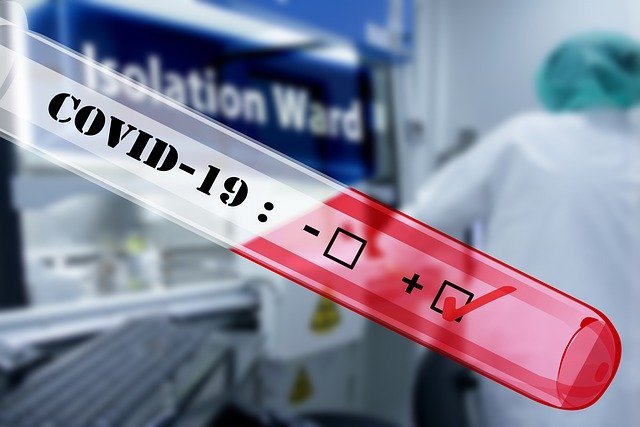
In a new study, researchers estimate that by March 1, more than 9000 people in the U.S. may have already been infected by COVID-19 (coronavirus), far more than the number that had been publicly reported.
This suggests that the opportunity window to contain the epidemic of COVID-19 in its early stage is closing.
The research was conducted by a team at Cedars-Sinai.
The range of possible patients is much higher than the number of confirmed and presumptive U.S. cases reported by the federal Centers for Disease Control and Prevention, which stood at 164 as of March 7. Some news media on March 8 were reporting more than 500 total cases.
The team says they chose “very conservative” methods to estimate the number of coronavirus cases.
This makes their current estimation likely to be an underestimation of the true number of infected individuals in the U.S.
To achieve infection estimates for their new study, the researchers modeled only COVID-19 coronavirus cases “imported” directly to the U.S. from the area of Wuhan, China, before Jan. 23, when the Chinese government locked down the city.
They assumed the lockdown stopped all outbound traffic. Potential cases arriving in the U.S. from other parts of China, or other heavily affected countries such as South Korea, Italy or Iran, were not included in the estimate.
The scale of the COVID-19 epidemic in the U.S. was calculated based on: air traffic data between Wuhan and the U.S., totals of confirmed cases publicly released by the CDC and transmission dynamics as estimated from previous research.
The study took into account the identification and quarantine of individual domestic cases in the U.S. Among other considerations, the research team assumed the imported cases were no longer spreading infection.
Based on all these assumptions and methods, the investigators estimated the total number of people in the U.S. infected with coronavirus as of March 1 to be between 1,043 and 9,484.
The first figure assumed current preventive procedures-such as quarantines and screening international travelers at airports-had reduced as much as 25% of the transmissibility in unidentified cases.
The second figure assumed no intervention procedures had been undertaken to reduce the transmissibility.
The disparity between the lowest and highest estimates has important implications for controlling the COVID-19 epidemic.
But slowing transmission is not an easy task, given that most COVID-19 cases appear to be mild or even asymptomatic, the researchers noted, which can make it difficult to identify infected individuals who may be spreading the virus.
Despite these obstacles, the team says it may still be possible to mitigate the COVID-19 outbreak through steps already suggested by public health experts.
These include promoting social distancing and personal hygiene and restricting large-scale gatherings for occasions such as sporting events.
Additionally, performing mass screening for infected individuals, while expensive and logistically challenging, also would potentially help to control the epidemic.
One author of the study is Dermot P. McGovern, MD, Ph.D., professor of Medicine and Biomedical Sciences at Cedars-Sinai.
The study is published in MedRxiv.
Copyright © 2020 Knowridge Science Report. All rights reserved.



